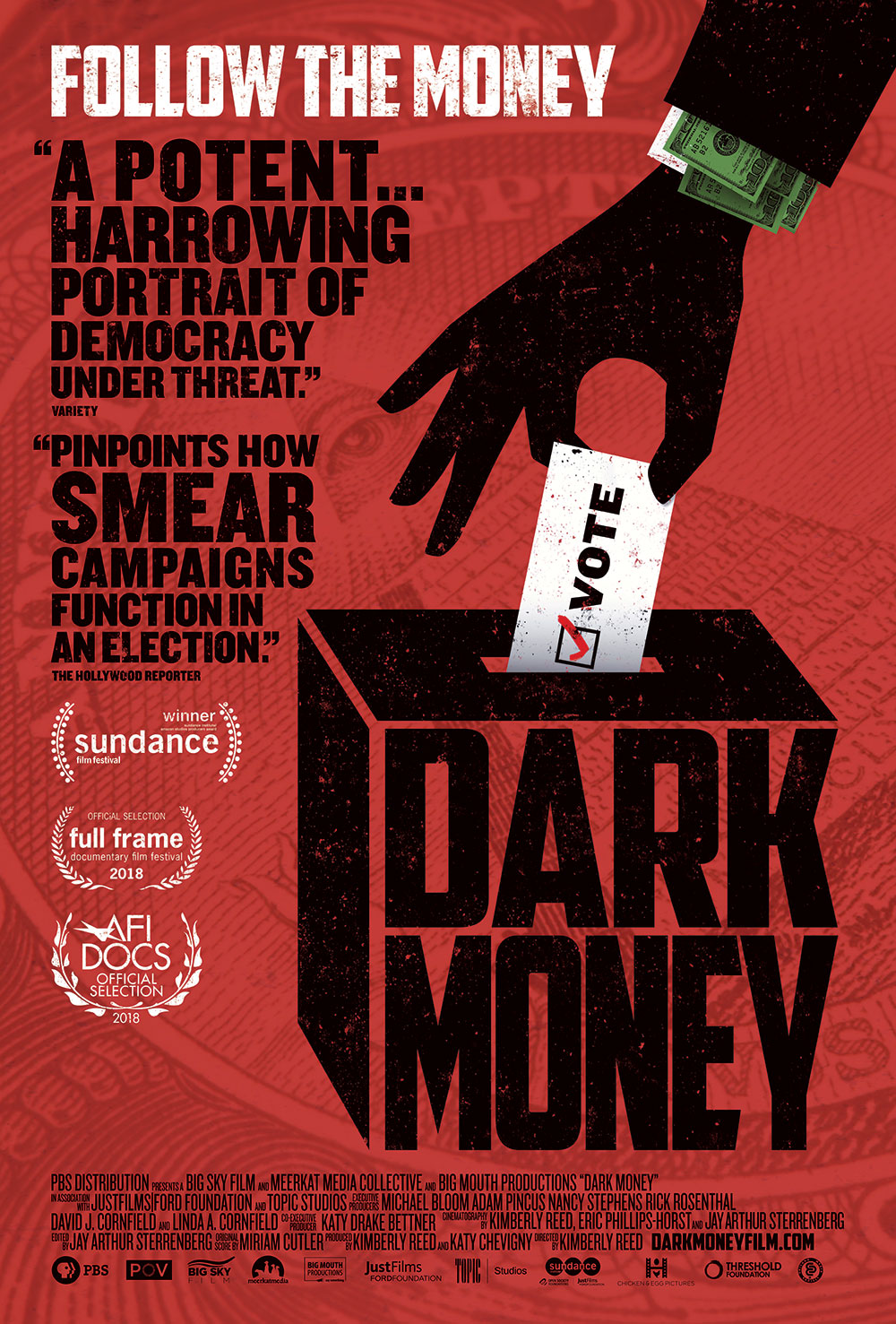Planning October 2019
Et Cetera
Now Streaming: World's Busiest Cities

Presenter Anita Rani stands in front of the Gurudwara Bangla Sahib, a Sikh temple in Dehli, India. The temple is an example of the city's diversity. Photo courtesy BBC.
Mexico City, Hong Kong, Delhi, Moscow — these are some of the world's most populated, dynamic, and busiest places. Their stories tell us something about the challenges of living in increasingly complex communities. They are also a celebration of the diversity of life that plays out in them.
Each episode acts as an urban biography, exploring the cross section of environments in four places that represent a rising class of global cities. Throughout, BBC journalists Anita Rani, Ade Adepitan, and Dan Snow chronicle the lives of the denizens who ensure that their cities' goods, services, and infrastructure run smoothly.
All four episodes are available for binge-worthy viewing on Netflix for anyone seeking inspiration.
—Michael Podgers
Podgers is Planning's editorial intern.
Mapped: Atlas of Innovation Districts

Illustration courtesy Aretian.
What began as a joint thesis in Harvard University's department of Design Engineering has now become the "world's first" collection of innovation districts, according to urban analytics firm Aretian. Led by Harvard researchers and cofounders Jeremy Burke and Ramon Gras, the firm conducted an in-depth analysis of 50 major innovation districts in the U.S. to learn about their characteristics, demographics, and economic impact on their local communities, among other factors. See the interactive Atlas and download the full report.
Film: Dark Money

Illustration courtesy Dark Money.
Producer and director Kimberly Reed exposes the corrosive effect of corporate money on American policies in this documentary. Billed as a "political thriller," Dark Money lives up to the hype: While a movie alone can't drain the swamp, Reed gives this morass a good dredging, making for a gritty, action-packed story.
In the wake of the U.S. Supreme Court's "money is speech" decision, the filmmakers travel to Montana, where rampant corruption fueled by funding from the state's mining industries resulted in environmental catastrophes. The film documents the effort to expose these dark money contributions and hold elected representatives accountable for the resulting environmental injustices.
—Ezra Haber Glenn, AICP
Planning's regular film reviewer, Glenn teaches at MIT's Department of Urban Studies & Planning. He writes on cities and film. Read more at Urban Film.
Exhibit: Smart Policies for a Changing Climate
Until May 1, 2020, the American Society of Landscape Architects is showcasing a free-to-view collection of climate change case studies at its Washington, D.C., headquarters and online. The exhibit draws on a 2018 report outlining policy recommendations and design best practices "for creating resilient, sustainable communities."
The exhibit spotlights projects that redesign transportation infrastructure to promote walking and biking, as well as efforts to restore natural systems, prepare for worst-case flooding scenarios, and increase renewable energy use. The 20 case studies feature rural, suburban, and urban communities across 19 states.
One of the most important is Climate Ready East Boston. Rather than relying just on seawalls or floodgates, Boston is incorporating green infrastructure, which the exhibit says will net Boston "$644 [million] to $751 million in benefits."
—Jim Sweeney
Sweeney writes about architecture, art, design, and science from Rockville, Maryland.
Et Cetera is a curated collection of planning odds and ends. Please send information to Lindsay R. Nieman, Planning's associate editor, at lnieman@planning.org.


